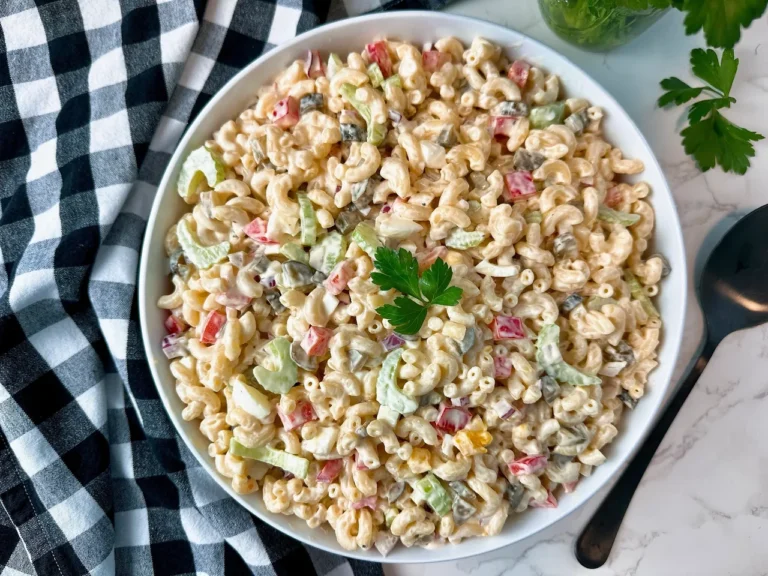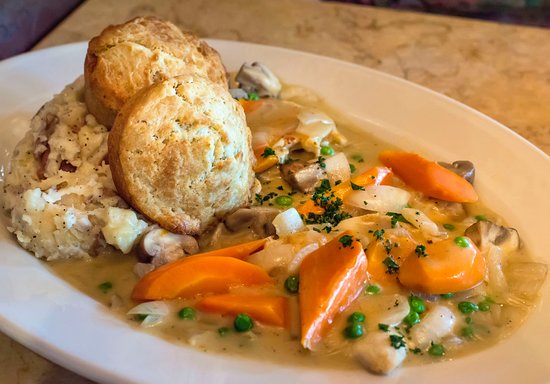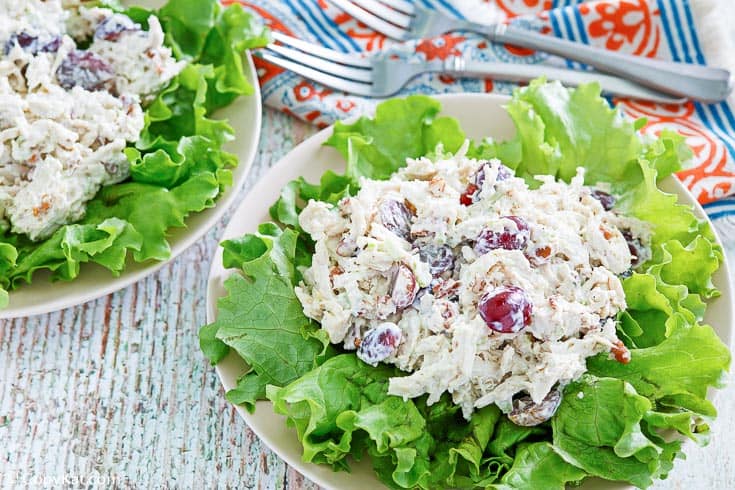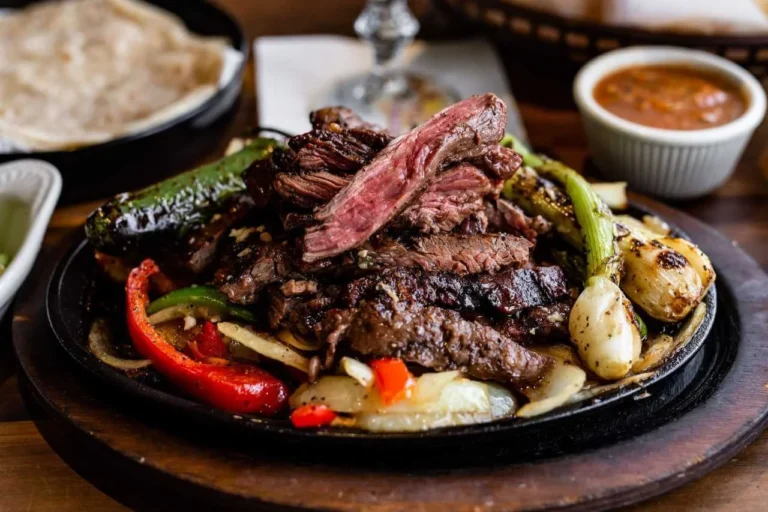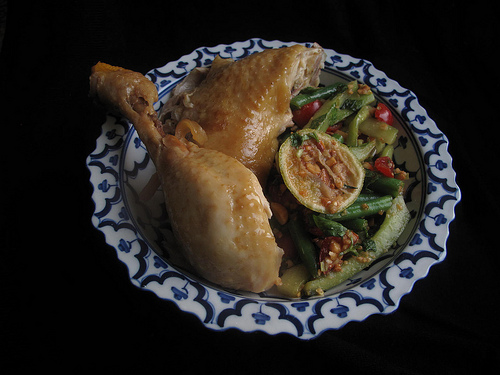Willie Mae’s Fried Chicken Recipe
You won’t believe the crispy, juicy perfection that is Willie Mae’s Fried Chicken Recipe.
This legendary recipe has been passed down through generations, and now you have the chance to unlock its secrets.
From the history behind the recipe to the art of frying to perfection, there is so much to explore.
So, get ready to tantalize your taste buds and uncover the magic behind Willie Mae’s Fried Chicken.
Contents
- 1 The History of Willie Mae’s Recipe
- 2 The Secret Ingredients
- 3 The Brining Process
- 4 The Perfect Seasoning Blend
- 5 Willie Mae's Fried Chicken Recipe
- 6 The Double Dredging Technique
- 7 The Art of Frying to Perfection
- 8 Nutritional Content (per serving)
- 9 What Makes Hannah Glasse’s Fried Chicken Recipe Unique Compared to Willie Mae’s Fried Chicken Recipe?
- 10 Frequently Asked Questions
- 10.1 What Is the Nutritional Information for Willie Mae’s Fried Chicken Recipe?
- 10.2 Can This Recipe Be Made With a Gluten-Free Coating?
- 10.3 How Long Does It Take to Brine the Chicken?
- 10.4 Can I Use an Air Fryer Instead of Deep Frying the Chicken?
- 10.5 Are There Any Alternative Cooking Methods for This Recipe, Such as Baking or Grilling?
- 11 Conclusion – Willie Mae’s Fried Chicken Recipe
The History of Willie Mae’s Recipe
The history of Willie Mae’s recipe is a fascinating journey that spans generations and is filled with rich flavors and cherished traditions. The origin story of this iconic fried chicken recipe can be traced back to the late 1950s in New Orleans, where Willie Mae Seaton, a talented cook, perfected her secret blend of spices and cooking techniques. Willie Mae’s fried chicken quickly gained popularity, becoming a staple in her community and beyond.
The cultural impact of Willie Mae’s recipe can’t be overstated. It not only satisfied the taste buds of countless individuals but also became a symbol of pride and tradition. The recipe was passed down from generation to generation, with each cook adding their own personal touch. Families gathered around the dinner table, sharing stories and savoring the crispy, juicy goodness that only Willie Mae’s fried chicken could provide.
Over the years, the recipe spread far and wide, attracting food enthusiasts and travelers from all walks of life. People would wait in long lines just to get a taste of this legendary dish. Willie Mae’s fried chicken became synonymous with Southern comfort food, evoking feelings of nostalgia and home.
Today, the legacy of Willie Mae’s recipe lives on, as her family continues to serve up this delectable dish at their restaurant in New Orleans. The recipe remains a closely guarded secret, ensuring that the flavors and traditions are preserved for future generations to enjoy.
The Secret Ingredients
With a blend of carefully selected spices and a secret cooking technique, Willie Mae’s fried chicken recipe tantalizes the taste buds and leaves you craving for more. The secret ingredients that make this recipe so exceptional are what truly set it apart. The flavor profile of Willie Mae’s fried chicken is a harmonious balance of savory and aromatic spices. Each bite is packed with a burst of flavor that’s both comforting and satisfying.
The recipe has been passed down through generations, with each family member adding their own twist to it. This has led to several variations and adaptations of the original recipe. Some people prefer to add a touch of cayenne pepper for an extra kick, while others opt for a hint of garlic powder to enhance the savory notes. No matter the variation, the secret technique remains the same, ensuring that the chicken is perfectly crispy on the outside and juicy on the inside.
What makes Willie Mae’s fried chicken recipe truly special is its versatility. It can be enjoyed as a main course with a side of mashed potatoes and gravy, or as a delicious sandwich with pickles and a tangy sauce. The possibilities are endless, and each adaptation brings a unique twist to the classic dish.
The Brining Process
Now let’s talk about the important process of brining.
Brining is crucial in achieving moist and flavorful fried chicken. It involves soaking the chicken in a mixture of salt, sugar, and other seasonings to enhance its natural flavors and tenderize the meat.
The ratio of ingredients and the duration of brining will determine the final taste and texture of your chicken.
Importance of Brining
Brining enhances the flavor and juiciness of your fried chicken, making it a step that shouldn’t be overlooked in the cooking process. The benefits of brining are numerous. It not only adds moisture to the chicken but also imparts a subtle, savory flavor that permeates every bite.
There are different brining methods you can choose from, depending on your preference and time constraints. The traditional wet brine involves soaking the chicken in a saltwater solution, which helps to break down proteins and tenderize the meat. Dry brining, on the other hand, involves rubbing the chicken with a salt and spice mixture and letting it sit in the refrigerator overnight.
Both methods yield delicious results, but the choice ultimately depends on your personal taste and cooking schedule. So don’t skip the brining step; it’s the secret to achieving the perfect fried chicken.
Brining Ingredients and Ratios
To achieve the perfect brine for your fried chicken, gather the necessary ingredients and follow the recommended ratios for a flavorful and tender result.
Brining is a technique that involves soaking the chicken in a solution of salt, water, and other flavor-enhancing ingredients. The salt helps to tenderize the meat while also infusing it with flavor.
For a basic brine, you’ll need water, kosher salt, and sugar. The ratio is typically 1 cup of salt to 4 cups of water, with 1/4 cup of sugar added for sweetness. However, feel free to adjust the ratios to suit your taste preferences.
Additionally, you can experiment with adding herbs, spices, and aromatics to further enhance the flavor infusion. Remember to always taste the brine before adding the chicken to ensure a well-balanced and delicious result.
Also Read – Almond Chicken Gravy Recipe
Brining Time and Temperature
After preparing the brine with the perfect balance of salt, water, and flavor-enhancing ingredients, it’s crucial to understand the importance of brining time and temperature for achieving the juiciest and most flavorful fried chicken.
The brining process involves submerging the chicken in the brine solution to allow the flavors to penetrate the meat and enhance its juiciness. To ensure optimal results, consider the following brining techniques:
- Brining Time: The duration of brining depends on the size and thickness of the chicken. For smaller pieces like wings or drumsticks, a minimum of 1 to 2 hours is sufficient. Larger cuts like breasts or whole chickens may require 4 to 6 hours or even overnight for maximum flavor infusion.
- Brining Temperature: It’s essential to keep the chicken refrigerated during the brining process to prevent bacterial growth. Maintaining a temperature between 34°F and 40°F ensures food safety while allowing the flavors to develop effectively.
- Flavor Infusion: The longer the brining time, the deeper the flavors will penetrate the chicken. However, be cautious not to over-brine, as it can result in an overly salty taste. Adjust the brining time and salt concentration to achieve the desired level of flavor infusion.
The Perfect Seasoning Blend
For the tastiest and most flavorful fried chicken, the key lies in the carefully crafted blend of seasonings. The perfect seasoning blend elevates the taste of the chicken, creating a harmonious symphony of flavors that will leave your taste buds dancing with delight.
To achieve this, it’s crucial to use the best frying technique and explore alternative seasoning options.
When it comes to the best frying technique, achieving a crispy and golden crust is essential. Start by heating the oil to the appropriate temperature, around 350°F (175°C), to ensure that the chicken cooks evenly and retains its juiciness. Fry the chicken in small batches, allowing each piece enough space to cook to perfection. This technique ensures that the chicken remains tender on the inside while achieving a crispy exterior.
As for the seasoning blend, traditional options such as salt, black pepper, and paprika are a must. However, don’t be afraid to experiment with alternative seasonings to add an extra layer of flavor. Consider adding garlic powder, onion powder, cayenne pepper, or even a hint of dried herbs like thyme or oregano. These additions will add complexity and depth to your fried chicken, taking it to new heights of deliciousness.
Willie Mae's Fried Chicken Recipe
4
servings15
minutes30
minutes1200
kcalIngredients
4 bone-in, skin-on chicken thighs.
1 cup buttermilk.
1 cup all-purpose flour.
1 teaspoon salt.
1/2 teaspoon black pepper.
1/2 teaspoon paprika.
1/4 teaspoon cayenne pepper (adjust for heat preference).
Vegetable oil for frying.
Directions
- Place the chicken thighs in a bowl and pour the buttermilk over them. Make sure the chicken is fully coated. Cover the bowl and refrigerate for at least 1 hour or overnight for better flavor.
- In a shallow dish, combine the flour, salt, black pepper, paprika, and cayenne pepper. Mix well.
- Remove the chicken from the buttermilk, allowing any excess liquid to drip off. Dredge each chicken thigh in the flour mixture, pressing the flour onto the chicken to create a good coating. Ensure the chicken is evenly coated.
- In a large, deep skillet or Dutch oven, heat about 2 inches of vegetable oil over medium-high heat to 350°F (175°C).
- Carefully place the coated chicken thighs in the hot oil, skin side down. Fry for about 12-15 minutes, turning occasionally, until the chicken is golden brown and cooked through (the internal temperature should reach 165°F or 74°C). Use a slotted spoon to remove the fried chicken from the oil and place it on a paper towel-lined plate to drain excess oil.
- Allow the fried chicken to cool for a few minutes before serving. Serve it hot with your favorite sides, such as mashed potatoes, coleslaw, or cornbread.
The Double Dredging Technique
As you continue your culinary journey to create the most delectable fried chicken, let’s explore a technique that will take your chicken to new levels of crispy perfection: the double dredging technique. This method involves coating the chicken in flour, dipping it in a liquid mixture such as buttermilk or egg wash, and then dredging it in flour again. The result? A coating that’s extra crunchy and incredibly flavorful.
When it comes to the frying process, it’s important to choose the right oil. The best oil to use for frying chicken is one with a high smoke point, such as vegetable or peanut oil. These oils can withstand the high temperatures needed for frying without breaking down or imparting any unwanted flavors to the chicken.
To further enhance the crispiness of your chicken, consider adding some seasonings to the flour mixture. You can experiment with spices like paprika, garlic powder, cayenne pepper, or even dried herbs like thyme or rosemary. These additions won’t only bring extra flavor to your chicken but also contribute to a beautiful golden-brown crust.
The Art of Frying to Perfection
To achieve fried chicken that’s perfectly crispy on the outside and juicy on the inside, mastering the art of frying is essential. Frying chicken may seem simple, but there’s a science behind it that can make all the difference in the final result.
The key to achieving that coveted crispy texture lies in the temperature of the oil. Make sure the oil is hot enough, around 350°F to 375°F, to create a crisp crust while sealing in the juices. If the oil is too cold, the chicken will absorb more oil, resulting in greasiness. On the other hand, if the oil is too hot, the chicken may burn on the outside before it cooks through.
Another tip for achieving crispy chicken is the double frying technique. After the chicken is initially fried, remove it from the oil and let it rest for a few minutes. This allows the crust to set and become even crispier. Then, return the chicken to the hot oil for a second fry.
This double frying method ensures a beautifully golden and crispy exterior while keeping the meat tender and juicy.
Nutritional Content (per serving)
– Calories: Approximately 350-400 kcal
– Protein: About 20-25g
– Fat: Around 15-20g
– Carbohydrates: 25-30g
– Fiber: 1-2g
– Sodium: 700-800mg
Please note that these values are approximate and may vary based on specific ingredients and portion sizes.
What Makes Hannah Glasse’s Fried Chicken Recipe Unique Compared to Willie Mae’s Fried Chicken Recipe?
Hannah glasse’s delectable fried chicken recipe offers a unique twist compared to Willie Mae’s fried chicken recipe. Glasse’s recipe combines a perfect blend of spices and herbs, resulting in a flavorful and crispy coating. The recipe also emphasizes the importance of marinating the chicken beforehand, ensuring each bite is tender and juicy.
Frequently Asked Questions
What Is the Nutritional Information for Willie Mae’s Fried Chicken Recipe?
You might be wondering about the nutritional information for Willie Mae’s Fried Chicken Recipe. Let me tell you, it’s important to know the nutritional value and health benefits of the food we eat.
Can This Recipe Be Made With a Gluten-Free Coating?
Yes, this recipe can be made with a gluten-free coating. There are many gluten-free alternatives available, such as rice flour, almond flour, or a gluten-free all-purpose flour blend. Experiment to find the best gluten-free flour for your taste preferences.
How Long Does It Take to Brine the Chicken?
Brining time for chicken can vary depending on personal preference. Longer brining times, such as overnight, can result in a more tender and flavorful chicken. Experiment with different times to find your desired texture.
Can I Use an Air Fryer Instead of Deep Frying the Chicken?
Using an air fryer for Willie Mae’s fried chicken recipe is a healthier alternative to deep frying. It can result in a crispy exterior and tender interior, while reducing the amount of oil used.
Are There Any Alternative Cooking Methods for This Recipe, Such as Baking or Grilling?
There are alternative cooking methods for Willie Mae’s Fried Chicken Recipe, such as baking or grilling. Baking yields a healthier option with less oil, while grilling adds a smoky flavor. Consider the pros and cons of each method for your desired taste and dietary preferences.
Conclusion – Willie Mae’s Fried Chicken Recipe
In the end, when you take a bite of Willie Mae’s fried chicken, it’s like a symphony of flavors exploding in your mouth.
The crispy, golden crust juxtaposes with the tender, juicy meat, creating a harmonious combination that’s simply irresistible.
The secret ingredients, the brining process, and the double dredging technique all contribute to the perfection of this masterpiece.
It’s no wonder why Willie Mae’s fried chicken has become a legendary recipe that will forever be cherished and enjoyed by all who’ve the privilege of tasting it.
